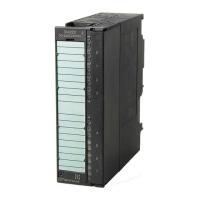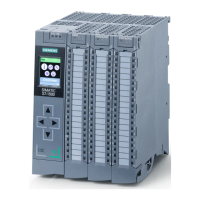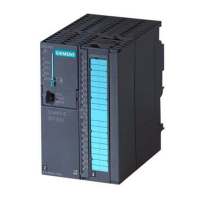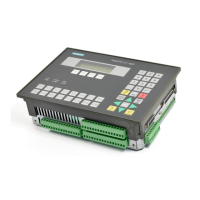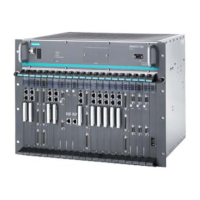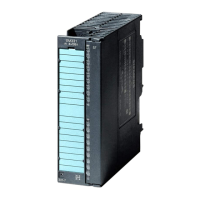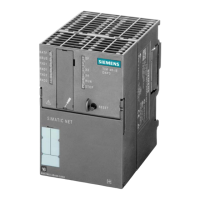Linking and Synchronizing
6-15
Automation System S7-400H Fault-tolerant Systems
A5E00068197-07
• Minimum I/O retention time:
This is the period of time between copying of the outputs from the master CPU
to the standby CPU and the time of transition to redundant system mode or
master/standby switch-over (time at which the former master CPU switches to
STOP mode and the new master CPU switches to RUN mode). During this time
the outputs of both CPUs are activated. This prevents ramping of the I/O even
in the event of an update with master/standby switch-over.
The minimum I/O retention time is especially important for updating with the
master/standby switch–over. If you set a value of 0 for the minimum I/O
retention time, the outputs may drop off when you make a system modification
during ongoing operation.
The start times of the monitoring timers are shown in Figure 6-2 (underlaid boxes).
In each case the times end when redundant system mode occurs or on
master/standby switch-over (i.e. when the new master switches to RUN mode) at
the end of the update.
The times relevant to the update are summarized in the figure below.
scan-cycle time extension
communication delay
blocking time for priority classes > 15
min. I/O retention time
t
3
t
4
t
2
t
5
t
t
1
t1
: end of current OBs up to priority class 15
t2
: stop of all communication functions
t3
: end of watchdog interrupt OB with special treatment
t4
: end of copying of outputs to standby CPU
t5
: Redundant system mode or master/standby switch-over
Update
Figure 6-4 Significance of the times relevant during the update

